Improving the grade of iron ore concentrate is an important goal in the mining and metallurgical industries, as higher-grade iron ore is generally more valuable, lowering smelting costs and increasing yields. In actual production, some adjustments will be made based on the properties of the ore and the production process, and some methods will be used to improve the grade of the iron ore concentrate. The following will introduce you to several methods to improve the quality of iron ore concentrate.
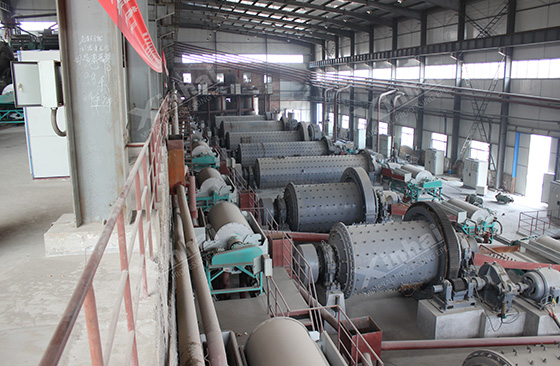
(Iron Ore Concentrator)
Use the table of contents below to navigate through the guide:
01Select appropriate iron ore beneficiation technology
In the process of iron ore beneficiation, gravity separation, magnetic separation, flotation or redox methods can be used to remove non-ferrous minerals or low-grade minerals and improve the taste of iron ore concentrate.
Magnetic separation can remove some non-ferrous minerals and increase the iron content of iron ore.
The flotation method can selectively float out valuable minerals in iron ore by adjusting the type and concentration of flotation reagents, thereby improving the quality of iron ore concentrate.
During gravity separation, high-density iron ore minerals usually sink, while low-density non-ferrous minerals float on top. This can help remove some impurities and improve the quality of the iron ore.
The redox method is a method of treating iron ore at high temperatures to reduce the iron oxide in it to metallic iron. This helps increase the iron content of the iron ore.
These beneficiation methods can be selected and combined based on the characteristics of the original iron ore and the desired quality targets. Through the mineral processing process, non-ferrous minerals and impurities can be removed, thereby obtaining higher quality iron ore concentrate and improving smelting efficiency and product quality.
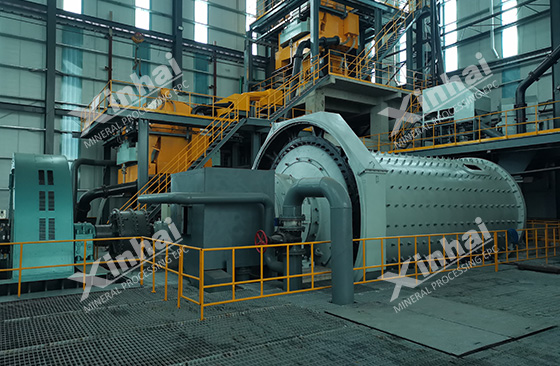
(Iron ore grinding equipment)
02Suitable ore pretreatment process
Pretreatment involves various processes and technologies in improving the quality of iron ore concentrate, which facilitates further beneficiation, separation and concentration of raw iron ore. Here are some common pre-treatment methods used to improve the quality of iron ore concentrates:
Crushing and Grinding: Proper ore crushing and grinding can help release valuable minerals and increase overall iron content. Care needs to be taken to avoid over-grinding as this may result in particles that are too fine in size and difficult to separate from impurities.
Screening and Classification: Screening and classification are used to separate ores into different particle size fractions. This helps to select the appropriate particle size range to increase efficiency and achieve the desired concentration quality.
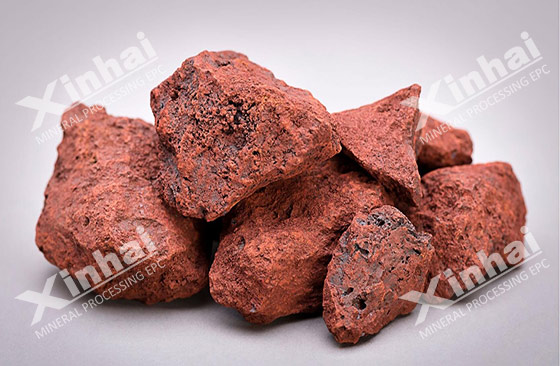
(iron ore)
03Mixing ores with different grades
Blending different grades of ore together can help achieve the target iron content of the concentrate. This mixing can take place at the mining site or in a processing plant. Here are three suggestions for effective ore blending:
1. Understand Ore Properties: Before blending different ores, the properties of each ore source need to be fully understood, including chemical composition, mineralogy, moisture content, and particle size distribution.
2. Optimize blend ratios: Determine the appropriate blend ratio for different ore sources to achieve target iron content and reduce impurities in the concentrate. Use mathematical modeling, statistical analysis, or laboratory testing to find the right mix ratio.
3. Continuous monitoring and adjustment: The mixing process should be dynamic and adjustable. Implement a robust monitoring system to continuously assess the quality of concentrate produced from blended ores. Analyze results regularly and make necessary adjustments based on real-time data and feedback.
By following these recommendations, ore blending can be a valuable tool in improving the quality of iron ore concentrates and ensuring that the final product meets the required specifications.
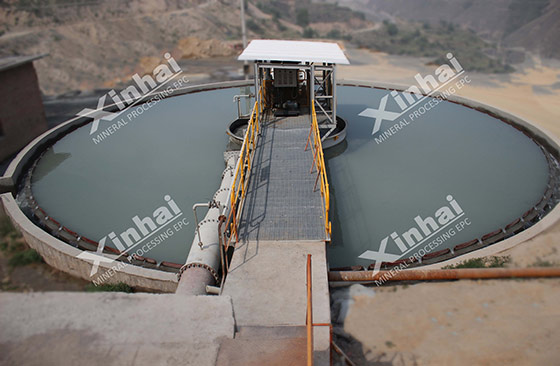
(Thickener dehydration)
04Effective treatment of iron ore tailings
Proper disposal of iron ore tailings can reduce waste and environmental impact while improving iron ore concentrate quality. Here are three effective tailings treatment recommendations to achieve this goal:
1. Recycling and reusing tailings: Tailings may contain residual iron content or valuable minerals that can be recovered and further processed to improve concentrate quality.
2. Advanced dehydration technology: Utilize advanced dehydration technology and methods to reduce humidity in tailings. Lower tailings moisture can improve concentrate quality, as excess moisture may dilute the concentrate. Effective dehydration methods include filtration, concentration and centrifugation.
3. Tailings Characterization and Monitoring: Continuously monitor tailings characteristics including particle size distribution, mineral composition and moisture. The stability and geotechnical properties of tailings are regularly assessed to ensure safe containment and reduce environmental risks.
By following these tailings disposal recommendations, you can reduce waste, improve concentrate quality, and minimize the environmental impacts associated with iron ore processing.
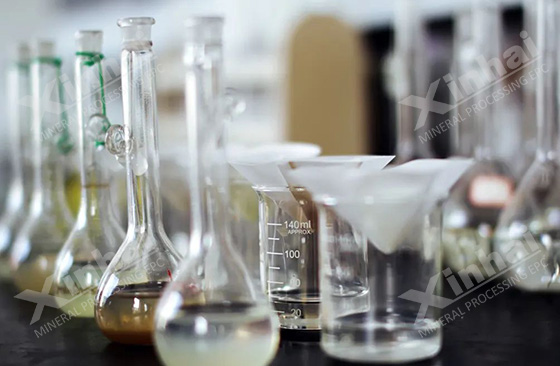
(Ore dressing test)
05Optimize mineral processing process parameters
During the beneficiation and concentration process, various parameters such as temperature, pH value, chemical dosage and residence time must be correctly controlled to ensure effective concentration and impurity removal, which significantly affects the quality of the final product. Here are three suggestions for optimizing processing parameters:
1. Understand key parameters: Parameters may include temperature, pH value, dosage of chemicals, residence time, stirring speed, etc. How these parameters affect the separation and concentration process has an important impact on process optimization and improving concentrate recovery and grade.
2. Continuous Monitoring and Adjustment: Analyze data regularly and make adjustments as needed to ensure parameters remain within the desired range. Real-time adjustments help maintain consistent product quality.
3. Conduct experimental tests: Carry out systematic mineral processing tests to evaluate the impact of different parameter changes on concentrate quality. This can involve conducting controlled experiments, running under different conditions to determine the best combination of parameters that results in the highest quality concentrate.
The above are several methods to improve the quality of iron ore concentrate. In the actual mineral processing process, ore selection, process optimization, technological innovation and other methods can also be selected according to production requirements to improve the quality of the concentrate. At the same time, these measures can also be used to reduce production costs and improve mineral processing efficiency and economic benefits.


 marketing@ytxinhai.com
marketing@ytxinhai.com  0086 13810327080
0086 13810327080 






































































































 CHAT
CHAT MESSAGE
MESSAGE







